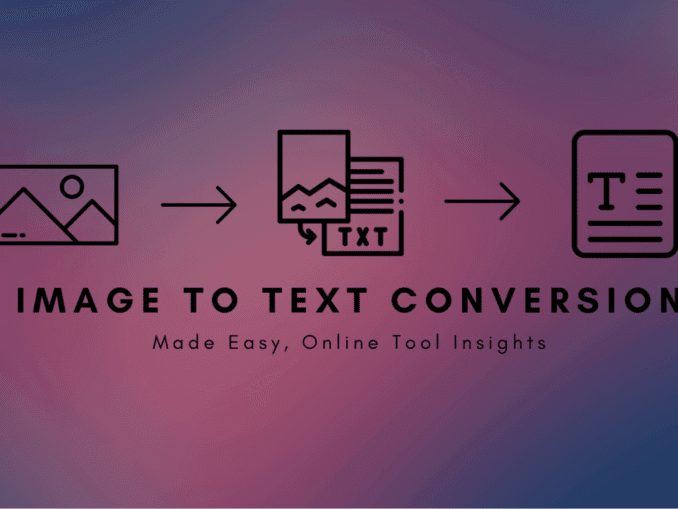Question: What is XML parser?
Answer:
A software program that is designed to process XML documents is called an "XML parser."
XML parsers are essential tools used to parse, validate, and manipulate XML documents. They analyze the structure and content of XML files, ensuring they adhere to the XML syntax and rules. XML parsers can perform various tasks, such as extracting data, validating against XML schemas, transforming XML data, and generating output in different formats.
XML parsers come in different types, including:
1. DOM (Document Object Model) Parsers: These parsers create an in-memory representation of the XML document as a tree-like structure, allowing easy navigation and manipulation of the document.
2. SAX (Simple API for XML) Parsers: SAX parsers process XML documents sequentially, reading the document in a linear fashion and triggering events for different elements and data. They are typically used for parsing large XML files or when memory efficiency is a concern.
3. StAX (Streaming API for XML) Parsers: StAX parsers provide a flexible and efficient way to process XML documents by allowing developers to pull the data from the document as needed. They provide both event-based and stream-based processing models.
4. XMLReader: XMLReader is a common interface provided by many programming languages and libraries that allows developers to interact with XML documents and parse them using different parser implementations.
These XML parsers enable software applications to extract and work with data from XML documents, making it possible to integrate XML-based data into various software systems, perform data transformations, and enable interoperability between different platforms and technologies.
MCQ: a software program is called, ______ is required to process an XML document
Explanation:
A software program that is designed to process XML documents is called an "XML parser."
XML parsers are essential tools used to parse, validate, and manipulate XML documents. They analyze the structure and content of XML files, ensuring they adhere to the XML syntax and rules. XML parsers can perform various tasks, such as extracting data, validating against XML schemas, transforming XML data, and generating output in different formats.
XML parsers come in different types, including:
1. DOM (Document Object Model) Parsers: These parsers create an in-memory representation of the XML document as a tree-like structure, allowing easy navigation and manipulation of the document.
2. SAX (Simple API for XML) Parsers: SAX parsers process XML documents sequentially, reading the document in a linear fashion and triggering events for different elements and data. They are typically used for parsing large XML files or when memory efficiency is a concern.
3. StAX (Streaming API for XML) Parsers: StAX parsers provide a flexible and efficient way to process XML documents by allowing developers to pull the data from the document as needed. They provide both event-based and stream-based processing models.
4. XMLReader: XMLReader is a common interface provided by many programming languages and libraries that allows developers to interact with XML documents and parse them using different parser implementations.
These XML parsers enable software applications to extract and work with data from XML documents, making it possible to integrate XML-based data into various software systems, perform data transformations, and enable interoperability between different platforms and technologies.
Discuss a Question
Related Questions
- 1. An XML document is considered to be syntactically incorrect if ___________
- 2. _______ is an example for an application that has a built in XML parser
- 3. An element that contains a plus sign next to it, is called _________.
- 4. What is Unicode in the computers?
- 5. ________ is enclosed in angle brackets.
- 6. What is Parameter entities in the context of XML and DTD (Document Type Definition)?
- 7. Which of the following is NOT a fundamental component of web development?
- 8. XML documents are called ________ sections
- 9. The ____ and ______ attributes specify the layout of frames within the browser window.
- 10. The ________ attribute in an input element inserts a button that, when click will clear the contents of reset.
You may be interested in:
Web Fundamental MCQs






